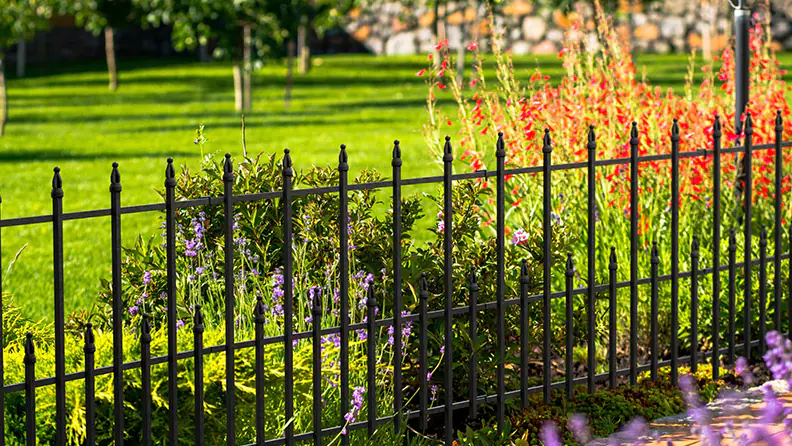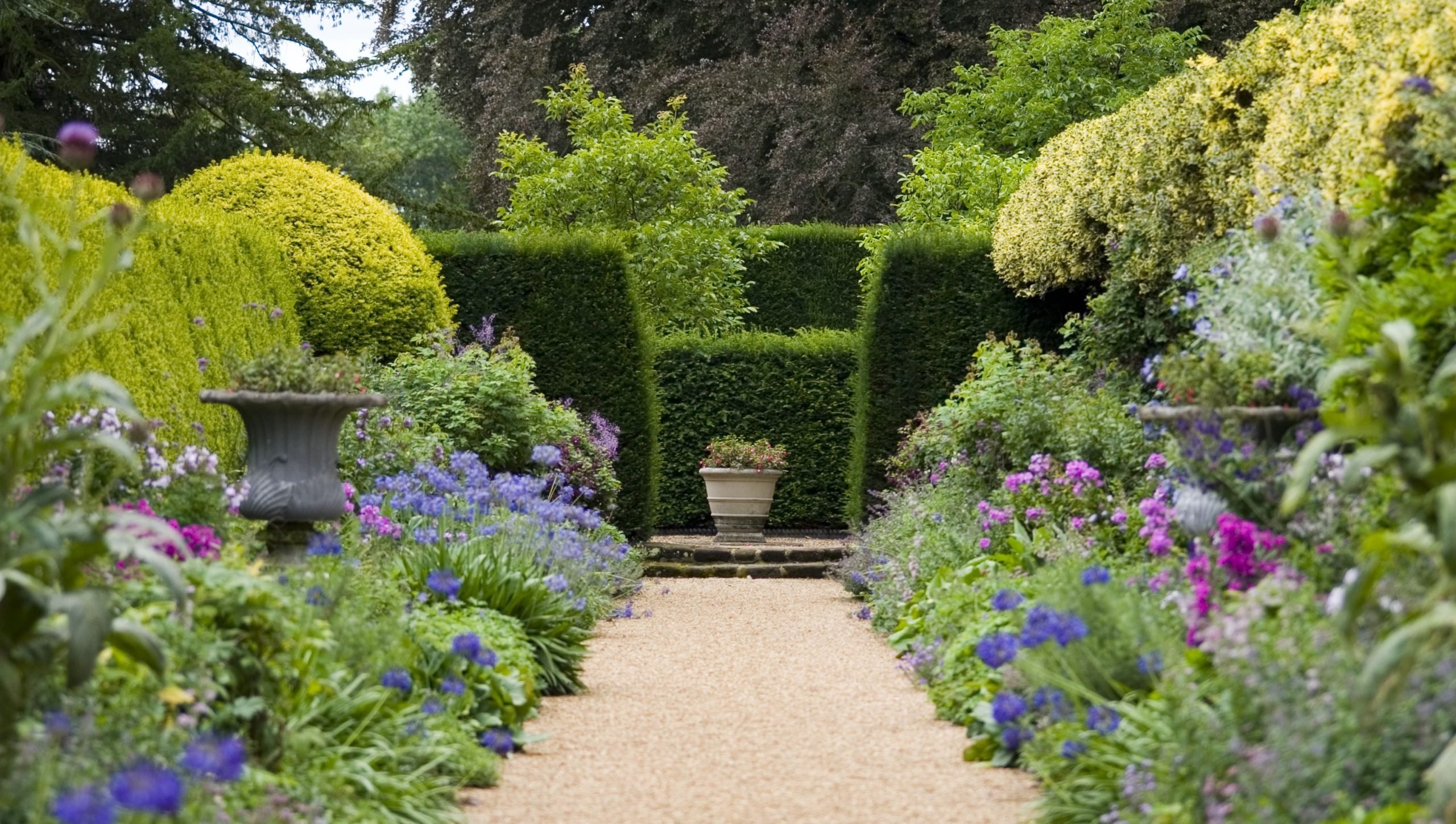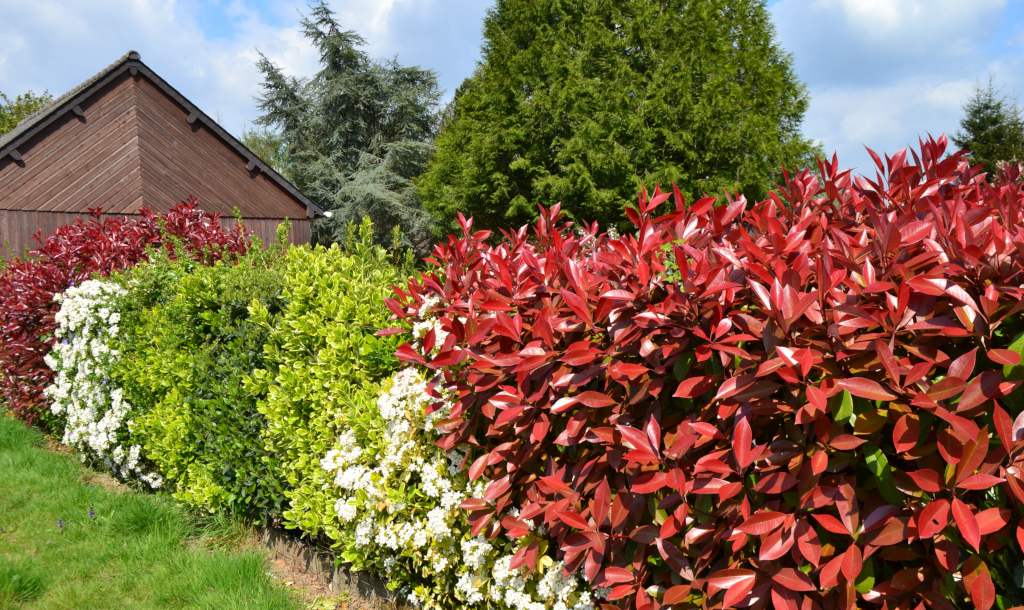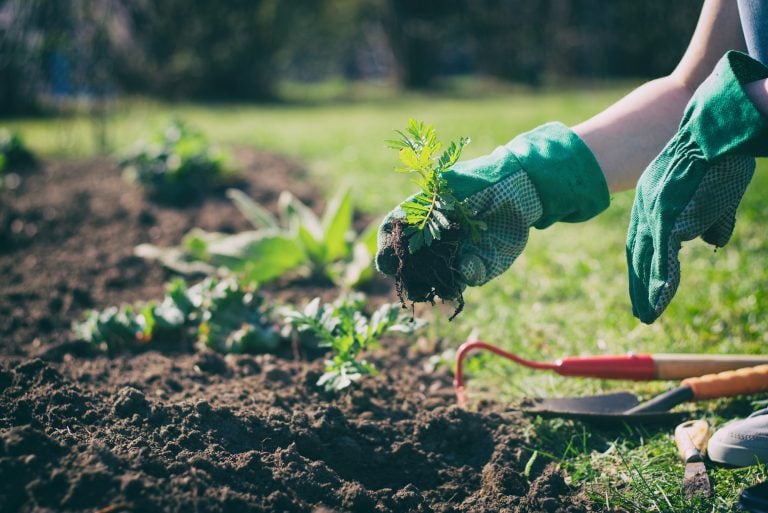Versatile Uses of Photinia Red Robin in Your Garden
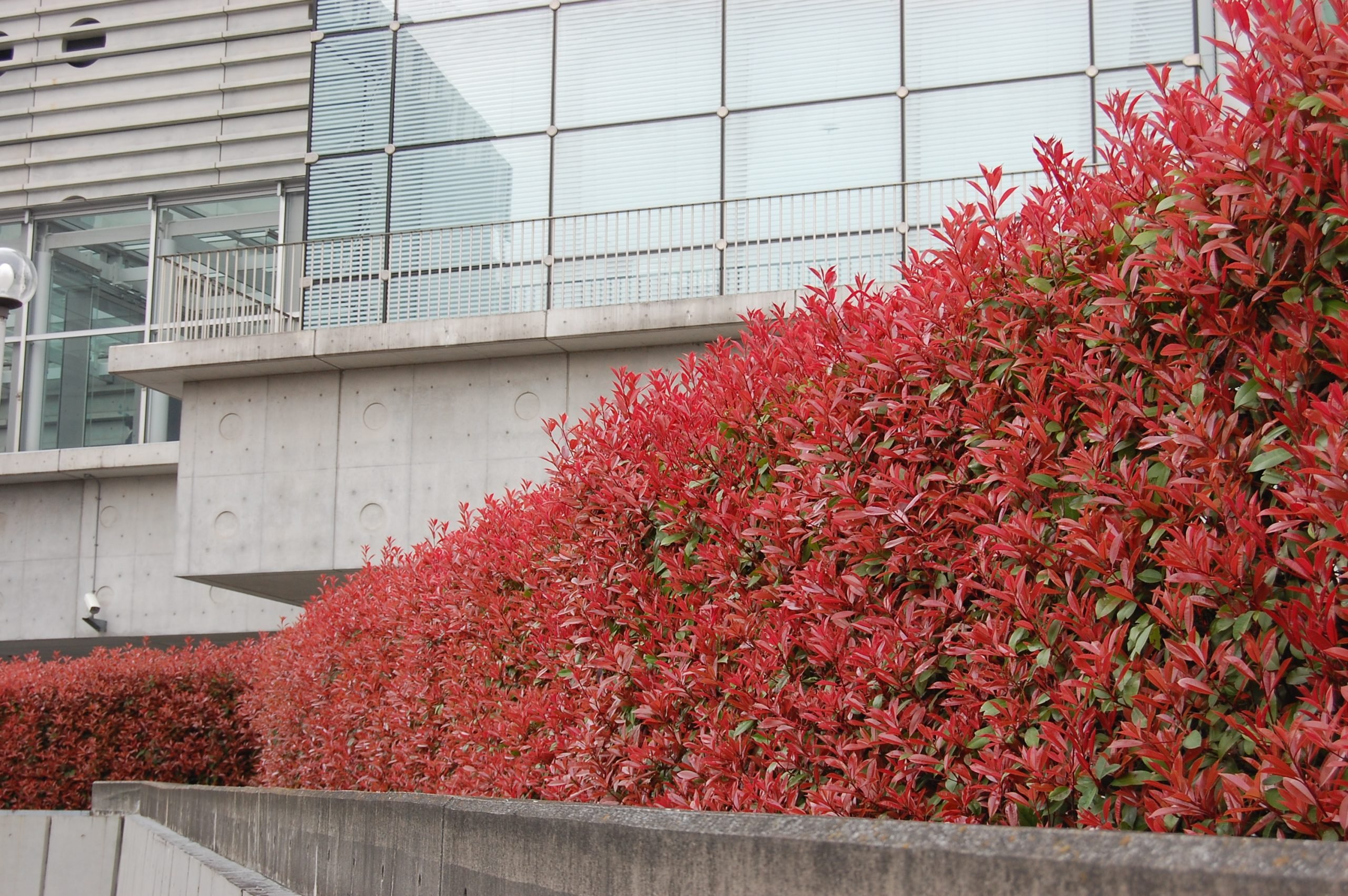
Table of Contents
If you are a greens lover and horticulture and planting are your passion, you would have heard much about Photinia Red Robin. The striking color of this plant and its remarkable adaptation ability make it one of the most sorted preferences for personal and industrial gardens. However, it is not just this beauty; you will be surprised that the Photinia Red Robin is a versatile and helpful pick with numerous other benefits. But there are many photinia red robin problems as well that you must know.
Read about those in detail in this post.
Know The Photinia Red Robin Plant More
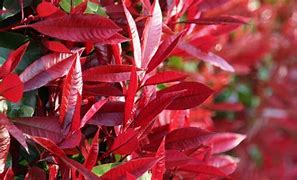
This plant, officially called Photinia x fraseri ‘Red Robin,’ has a captivating aesthetic appeal. The plant adorns the landscape with its vibrant, fresh leaves, painted in fiery red shades throughout the springtime blooming days. Seasons change, and the foliage undergoes a mesmerizing shift, turning a rich, fascinating shade of dark green. The plant’s attraction is based on its ever-changing chromatic display, enabling it to fit into different types of garden designs easily.
Apart from some Photinia Red Robin problems, it is a pretty wise pick that has several advantages, which are listed below.
Uses of Photinia Red Robin
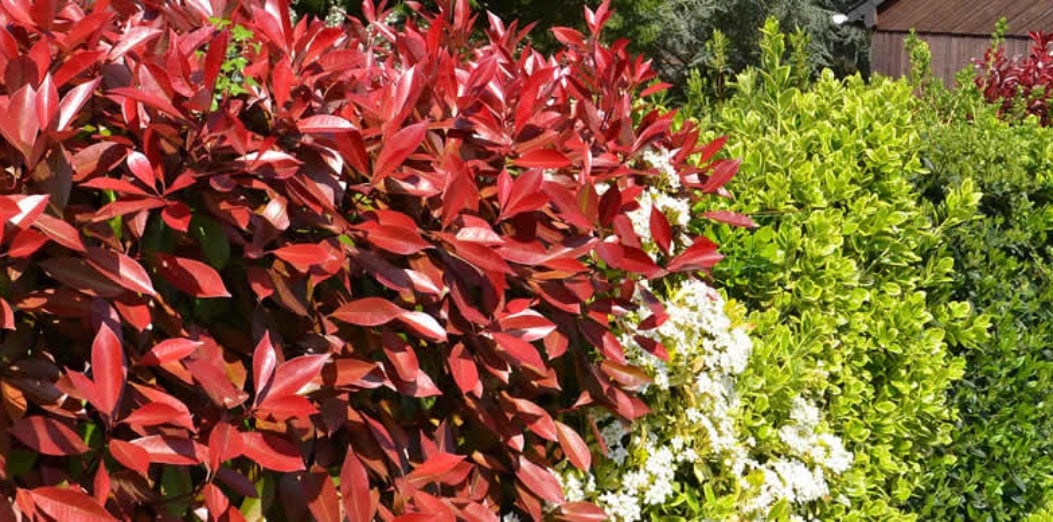
1. Captivating Aesthetics
One of the best properties and uses of Photinia Red Robin is its aesthetic beauty. The bright red color of this plant makes it an alluring sight of any place. As it blossoms during spring, this red contrast creates a fantastic appeal when surrounded by beautiful and pleasant Green shrubs. So whether it is a garden outside a house or a commercial center, the Photinia Red Robin uplifts the visual appeal of that place dramatically.
2. Hedging and Screening
The Photinia Red Robin shrubs are pretty easy to maintain. As the pruning process is rapid and hassle-free, these create lush growth quickly, making them ideal for hedging. Apart from this, the dense growth of these shrubs leads to a better privacy point in the area where these are planted. Photinia Red Robin can create a screened space even in a buzzing neighborhood.
3. Versatile And Adaptive Planting Option
The Photinia Red Robin can quickly adapt to various climatic conditions. Though it loves the bright sunlight and heavy spring season, it can quickly adjust to low-shaded areas. Also, this plant has the capability to grow in different kinds of soil types. This makes it an ideal planting option for diverse surroundings like cottage gardens, urban-styled apartments, formal gardens, etc.
4. Shrubbery and Espalier
Creative gardeners frequently resort to Photinia Red Robin for topiary and espalier creations. The shrub is an excellent choice for making distinctive focus points in gardens because of its flexible branches, which can be trained into various shapes. Simple spheres to elaborate designs are just a few examples of topiary shapes that may be used to decorate outdoor areas. Similarly, when trained, Photinia Red Robin develops a refined and structured appearance, employing the espalier technique along a trellis or wall.
5. Soil Erosion Properties
Photinia Red Robin acts as a savior in areas prone to soil erosions. Its extensive roots aid in stabilizing the soil and preventing erosion at the slopes and embankments. This plant also has a thick layer that acts like foliage due to its dense growth that further shields the soil from the harsh effects of rainwater or sudden climatic hazards.
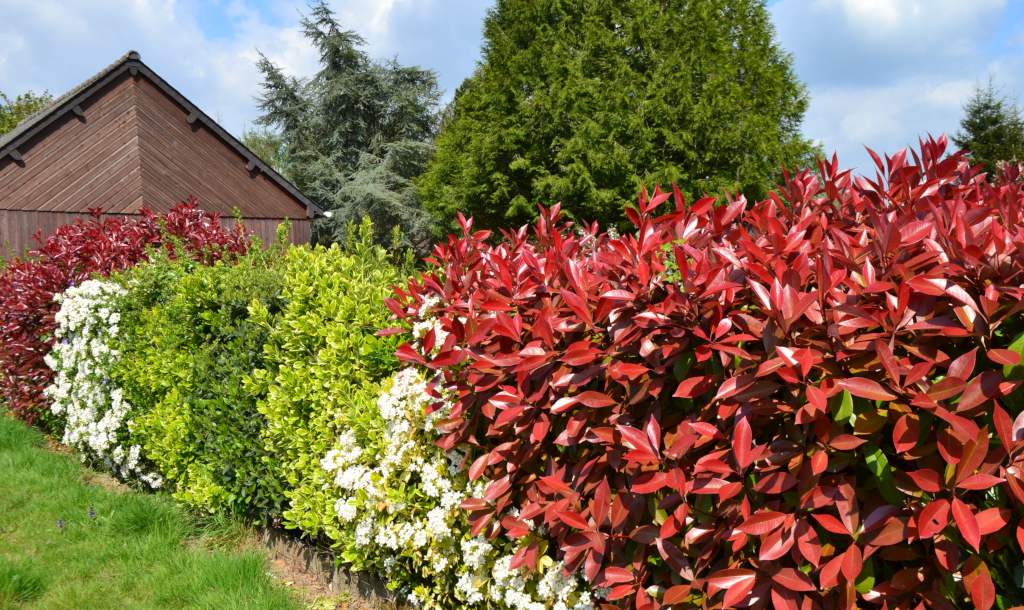
6. The Ideal Wildlife Attraction
It is common knowledge that birds and animals love colorful and attractive, dense shrubbery areas. The Photinia Red Robin has this lovely red color followed by rich, green leaves that make the most beautiful nesting area for birds and insects. Since this plant attracts these creatures, they can be used widely in sanctuaries or animal breeding areas, making the ideal homes for such creatures.
7. The Pollution Tolerant Properties
Photinia Red Robin can capture and filter the particles from the air, including dust that leads to high amounts of air pollution. This is the most significant advantage of planting the shrub in any locality. But the city or urban dwellers consider it a solid reason to opt for Photinia Red Robin. Also, the plants absorb slowing down rainwater and reduce the water that carries pollutants from paved surfaces to the water bodies. By this point, it also helps in the stormwater management process.
8. At Educational Gardens
Photinia Red Robin is often seen in educational gardens. These plants portray a fabulous quality of plant diversity and concepts of natural beauty and colors. The surprising change of color from dark red to lush green is a property many students find intriguing and seem interested in learning. This makes it one of the best educational sources for knowledge on plant life at such institutions.
9. The Low Maintenance Indoor Planting
For all those looking for greens and reds for indoor planting, the good news is that Photinia is a fantastic low-care option, even if it is not regularly cut or cared for. All it takes to keep the plant looking neat is one annual pruning. You can get some guidance for this process here. Additionally, pruning the Photinia indoor plant up to three times a year is best to encourage plant development. Since the plant hardly calls for more sunlight, keeping it as an indoor plantation can be beneficial and attractive.
Conclusion
With its unique properties and beneficial qualities, the Photinia Red Robin is ideal for various settlements and gardens. The no-hassle maintenance routine of this plant adds to the convenience of keeping it.
Furthermore, even the charges required to buy this plant from Amazon and the expense needed to maintain this plant is almost nil, adding to the high usage across various parts of the world.
Blossoming completely and beautifully during the spring season, this plant ensures that as long as they are growing, it benefits their owners and makes the plant a better place to live.

